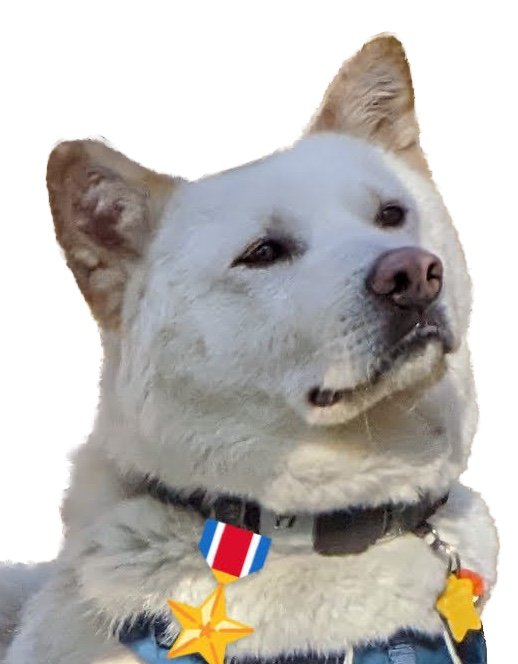✨ researcher ✨
STORYMichelle has 10 years of research experience, ranging from academic research to UX research.
She has always been very interested in how humans human, processes, systems, and making sense of a messy world of different physical and digital tools.
Key Projects
-
How problem was identified: Increase in customer support tickets showed increasing customer confusion on integration functionality.
Internal org structure was showing to our users: Because integration and feature ownership was spread across multiple product team and product lines, integration designs and experienced differed widely.My role: I took the initiative and advocated to leaders to get this study on the roadmap. In a multi-part study, I first illustrated the problem by digging into product analytics to size the problem. I then created a slack channel and multiple alignment meetings to bring together product managers, designers, and tech leads across the org. I discovered the reason why it was so hard to identify this problem earlier was because we had worked in silos and focused on overlapping by distinctly different user segments. Once the problem was defined, I intentionally designed the qualitative study & recruitment criteria.
Methodologies: Data analytics, cart sorts, 1:1 interviews
Outcome: Cross-functional teams actioned on recommendations and updated and aligned UI & functionality on their integration settings to ease user pain.
-
How problem was identified: Aside from individual, feature-specific usability tests, the organization lacked a standardized way of measuring usability.
My role: I led the integration portion of the usability benchmarking effort. I mapped out key tasks in the user journey, designed, and conducted benchmarking study across product teams and user personas (previous Integration Alignment research showed the need to diversify & segment user types). Presented usability measures to UX Leadership: satisfaction, ease-of-use, and task success. In addition, mentored mid-level researcher in their benchmarking study design & analysis.
Methodologies: Unmoderated usability testing, journey mapping
Outcome: Prioritized list of usability pains.
-
How problem was identified: Increasing requests from internal sales team and feedback from Voice of the Customer panels showed there was a need for an Enterprise Resource Planning (ERP) integration.
My role: In partnership with the Product Management Lead, we first dug into market research to understand what ERPs were, their target market segment, their total addressable market, and their functionality. We put together a brief competitive analysis. Afterwards, I led and conducted a deeper-dive qualitative research with non-customers to understand ERP functionality within sales & marketing cycles, user pain points, and integration opportunities within this space.
Methodologies: market research, competitive analysis, 1:1 interviews
Outcome: Team prioritized specific ERP systems to build integrations with and ideated > built > released features addressing highlighted and prioritized pain points & opportunities.




